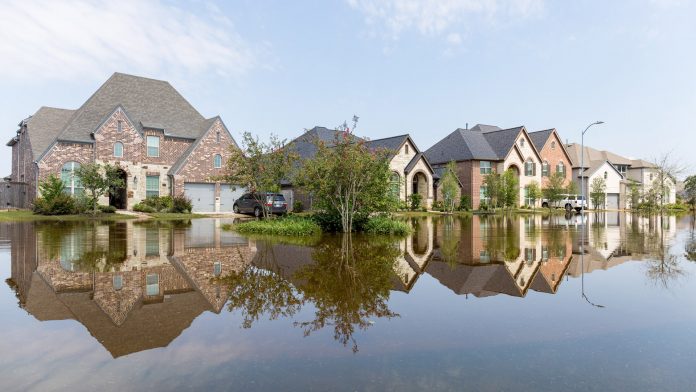Houston’s Hurricane Harvey in 2017 caught thousands of unaware homeowners in the midst of floodways and reservoirs that caused 68 direct fatalities, 39 indirect fatalities and $125B in damages. Today, as of September 2019, the law requires sellers to disclose flood risks to prevent homebuyers from “being unaware.”.
Texas’ new Seller Disclosure Notice requires answers to three of eleven questions related to water damage due to flooding. “Yes” answers to questions related to the following issues also require additional, specific information:
- Does the seller have present flood insurance coverage?
- Has there been previous flooding due to the failure/breech of a reservoir or controlled emergency release of water from a reservoir?
- Has there been previous water penetration into a structure or property due to a natural flood event?
- Is the property located wholly/partly in a 100-year floodplain?
- Is the property located wholly/partly in a 500-year floodplain?
- Is the property located wholly/partly in a flood way?
- Is the property located wholly/partly in a flood pool?
- Is the property located wholly/partly in a reservoir?
Additionally, sellers must disclose whether or not they have…
- Ever filed a claim for flood damage with any insurance provider including the National Flood Insurance Program.
- Ever received assistance from FEMA or the SBA for flood damage to their property.
- Whether or not the property is located in a coastal area that is seaward of the Gulf Intracoastal Waterway or within 1,000 feet of a mean high track bordering the Gulf of Mexico that may be subject to the Open Beaches Act or Dune Protection Act. A Beach Construction Permit or Dune Protection Permit may be required for any repairs/improvements to the property.
Along with providing more information about any “yes” answers, sellers may also have to lower their asking price on the property.
According to the Natural Resources Defense Council (NRDC), 22 states do NOT have any sort of mandatory flood risk disclosure laws. Among those 22 states without any disclosure laws regarding flood risk are North Dakota, Montana, Idaho, Wyoming, Vermont, Colorado, Kansas, Maine, New Hampshire, Utah, Massachusetts, New York, New Jersey, Virginia, West Virginia, Florida, Georgia, Alabama, Arkansas, New Mexico and Arizona.
States with the best disclosure laws regarding flood risk are Mississippi, Oklahoma and Louisiana. Tennessee is considered to have “better” disclosure laws. States the NRDC considers having inadequate disclosure laws include South Carolina, Connecticut, Wisconsin, Minnesota, North Carolina and Maryland.
The remainder of the states is considered to have “adequate” disclosure laws regarding flood risk.
According to the LexisNexis Home Trend Report, 2018 was record setting for weather-related losses.
-50% of catastrophic claims came in from California, Florida and North Carolina, a 17% increase.
– 30% of all claims were due to fire losses.
– Nearly 40% of all claims were due to winds.
– 15% of all claims were due to hurricanes in North Carolina and Florida.
– 29% of all claims came from Texas.
– In September 2018, South Carolina’s damages were seventeen times more expensive, due to Hurricane Florence.
Thanks to InmanNews for source data.
Also read: Boomers Want To “Age in Place”, Selling Fast Before the Holidays, Can Climate Change Change Home Values?























